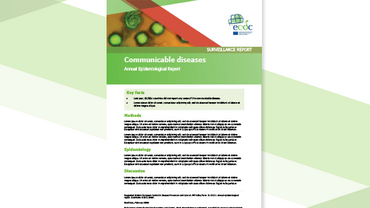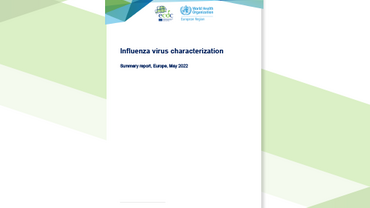Influenza virus characterisation - Summary Europe, October 2012
Since 1 January 2012 Influenza A(H1N1)pdm09, Influenza A(H3N2) and Influenza B/Victoria and B/Yamagata lineage viruses have been detected in ECDC-affiliated countries.
Executive Summary
The latest issue of ECDC’s monthly series on 'Influenza virus characterisation’ covers the time period from January 2012 to October 2012. It is a follow-up of the previous month's report.
Since 1 January 2012 Influenza A(H1N1)pdm09, Influenza A(H3N2) and Influenza B/Victoria and B/Yamagata lineage viruses have been detected in ECDC-affiliated countries. The report summarises the findings as follows:
- Type A viruses have predominated over type B.
- A(H3N2) viruses have predominated over A(H1N1)pdm09 viruses.
- A(H1N1)pdm09 viruses continue to show genetic drift from the vaccine virus, A/California/07/2009, but the vast majority remain antigenically similar to it.
- Recent B/Victoria lineage viruses fell within the B/Brisbane/60/2008 genetic clade and were antigenically similar to reference cell-propagated viruses of the B/Brisbane/60/2008 genetic clade.
- Recent B/Yamagata-lineage viruses fell into two genetic clades, represented by the recommended vaccine component for the 2012/2013 influenza season, B/Wisconsin/1/2010 (clade 3), or B/Estonia/55669/2012 (clade 2); viruses in these clades are antigenically distinguishable.
Download
Influenza-virus-characterisation-October-2012.pdf - EN - [PDF-344.52 KB]







